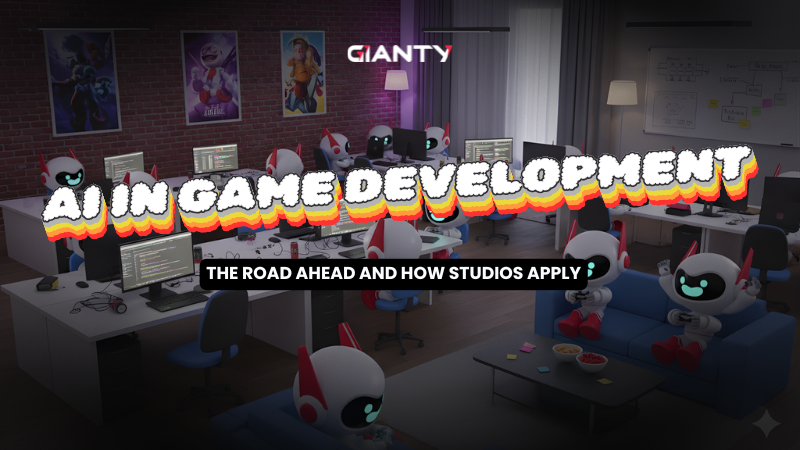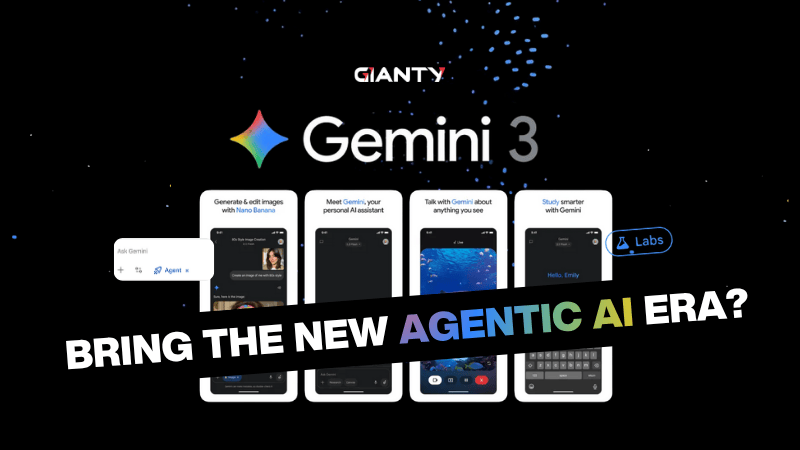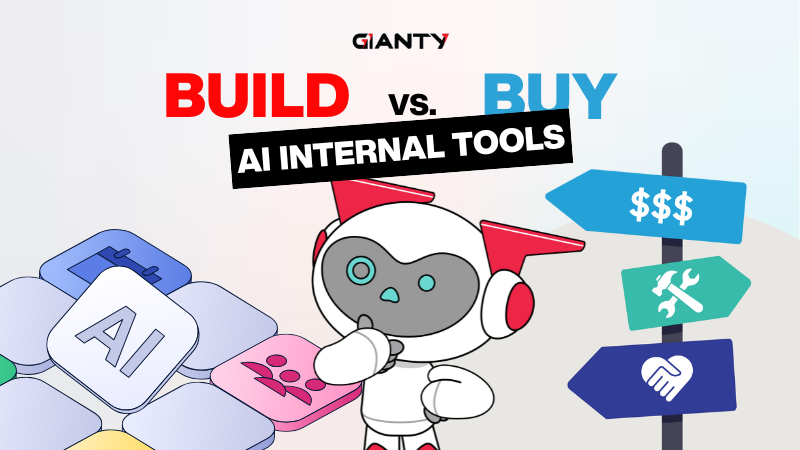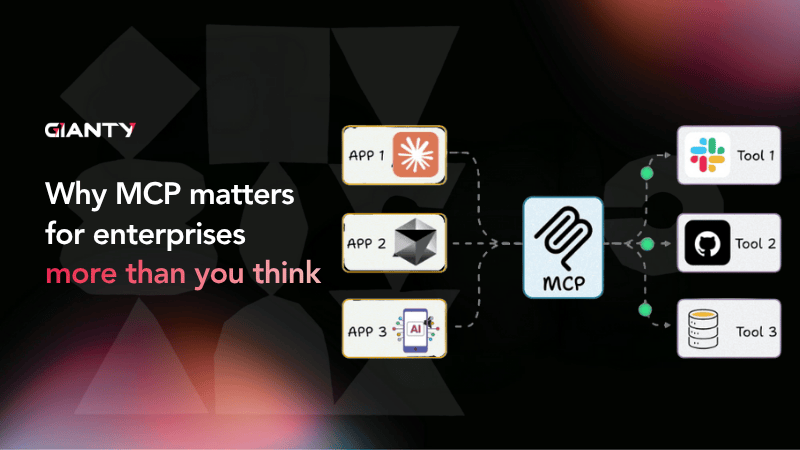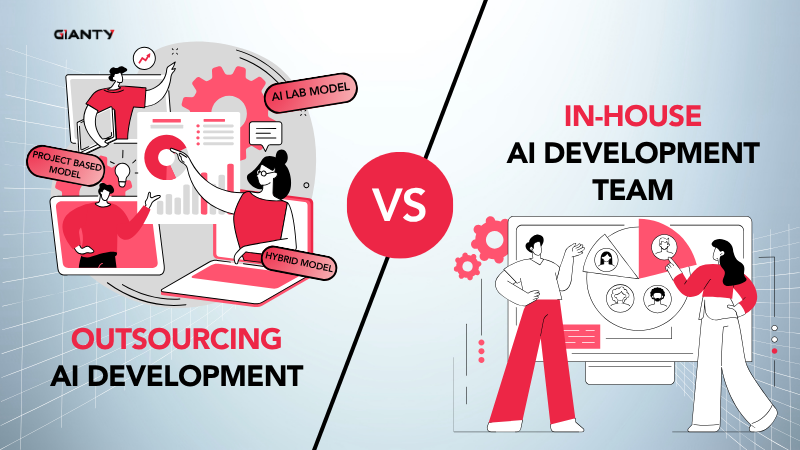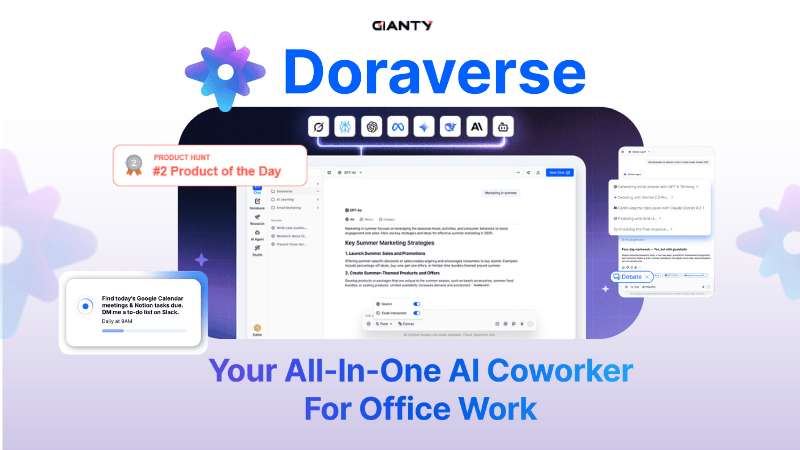By 2030, AI and automation are expected to add a staggering $15.7 trillion to the global economy – a figure that reflects not only the scale of technological disruption but also the enormous potential for businesses to unlock new efficiencies, capabilities, and value.
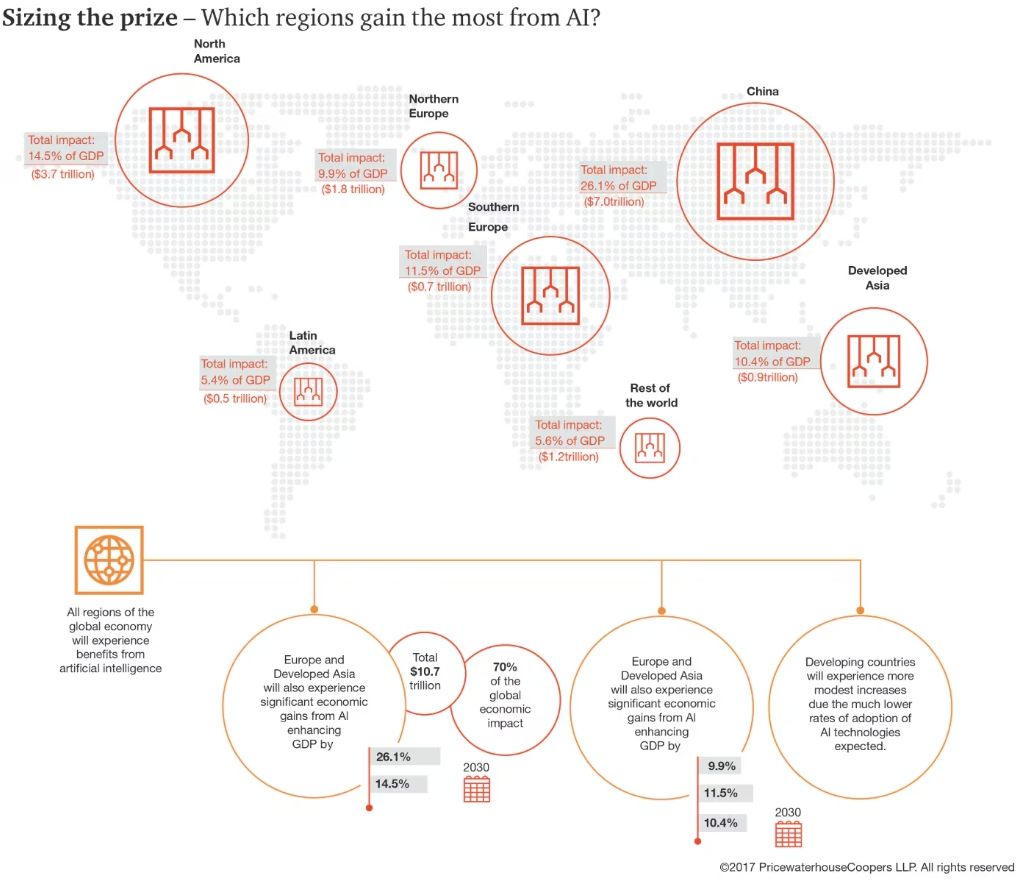
As industries transform faster than ever, business leaders face increasing uncertainty: How can they stay competitive? Which technologies are worth the investment? How can operations be scaled without ballooning overhead?
The answer lies in AI automation – a combination of both artificial intelligence and automated workflows designed to reduce manual intervention, improve decision-making, and create agile, resilient business models.
Understanding the opportunities that AI automation brings is no longer optional but foundational.
AI and Automation: A Game Changer for Business Operations
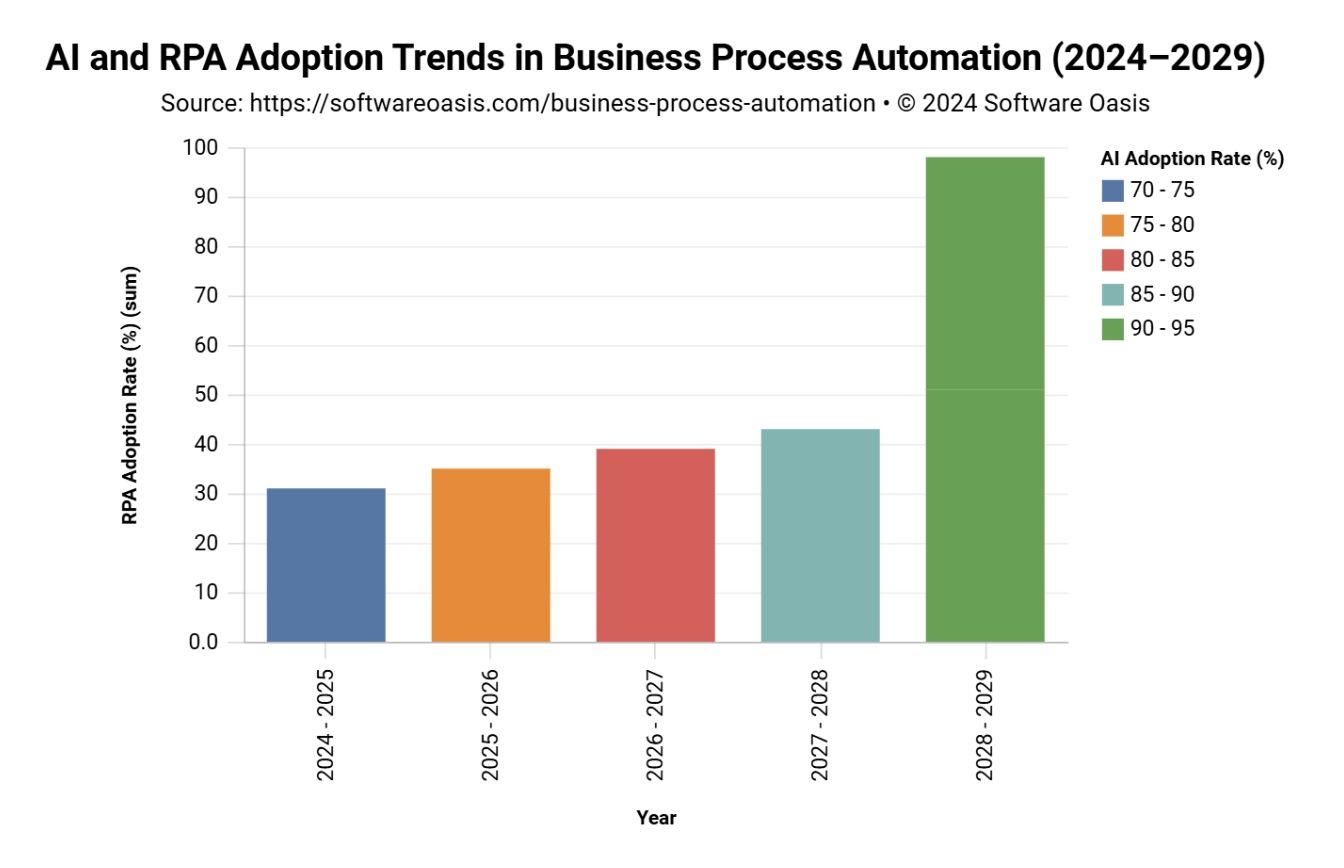
While traditional RPA (Robotic Process Automation) currently leads workflow automation technologies with a 31% adoption rate, AI-driven automation lags behind at 18%. However, this gap is narrowing as organizations recognize the transformative potential of combining these technologies.
The market for AI in RPA is rapidly expanding, projected to grow from $4.79 billion in 2025 to $8.89 billion in 2029, driven by the integration of AI’s intelligence with RPA’s efficiency.
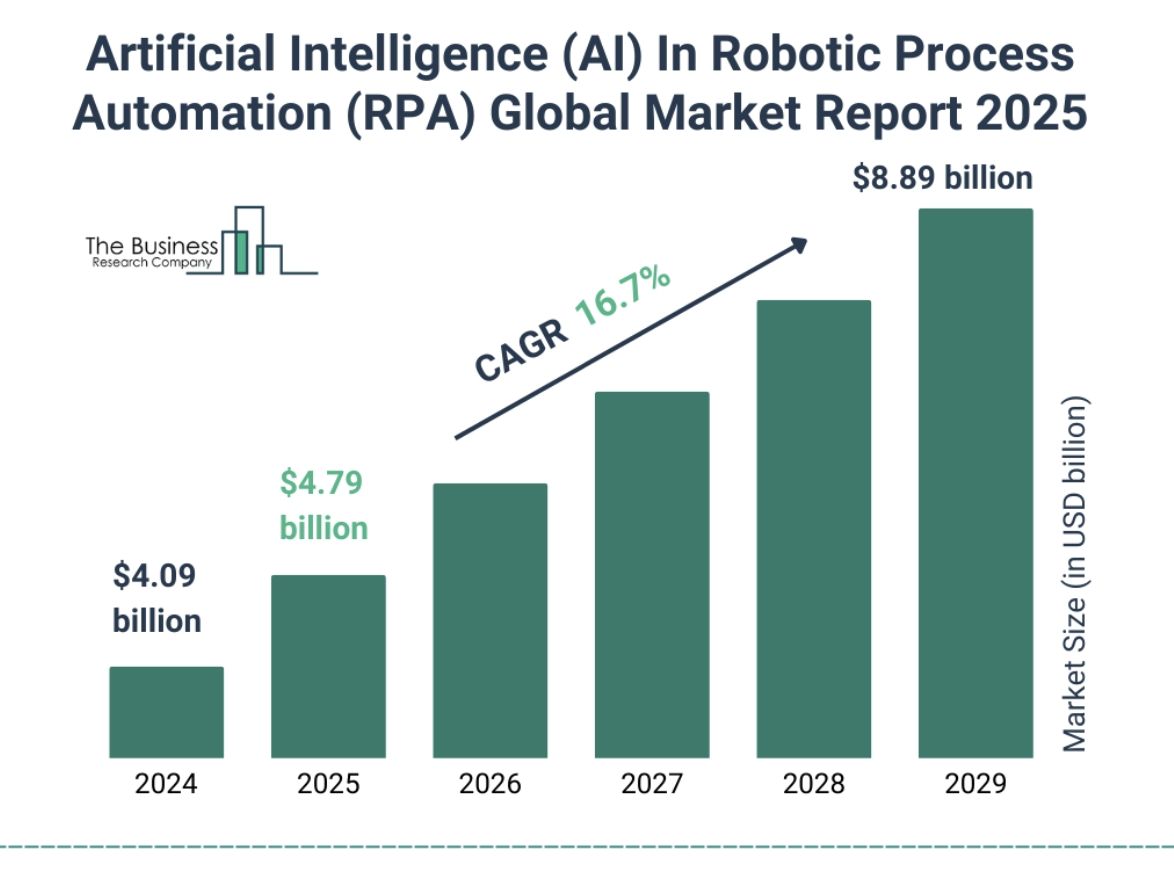
In fact, 74% of companies already using AI automation plan to increase their investment in the next three years, signaling a shift toward smarter automation.
This convergence enables businesses to move beyond automating repetitive tasks to streamlining complex processes, improving decision-making, and building more agile, resilient operations.
Key Benefits of AI Automation
AI automation is transforming the way organizations operate by streamlining processes and enhancing decision-making capabilities. As businesses increasingly embrace these technologies, they unlock new opportunities for efficiency and innovation.
The adoption of AI automation delivers measurable value across five core areas:
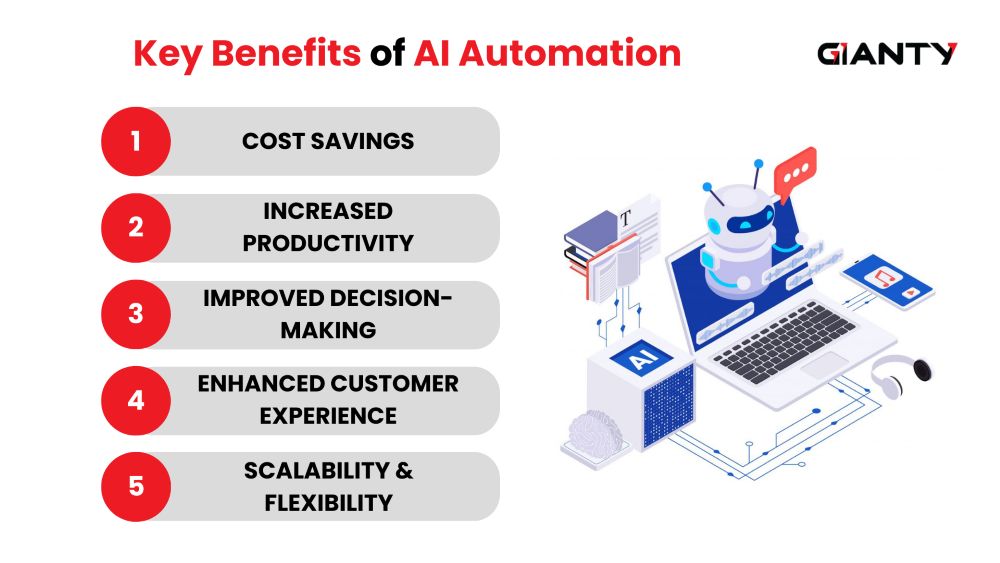
1. Cost Savings
AI automation helps companies significantly cut costs by streamlining manual and repetitive tasks like data entry, customer service, and supply chain tracking.
By reducing the need for human intervention in routine processes, businesses can lower labor expenses, minimize errors, and improve overall operational efficiency. These savings not only reduce overhead but also free up resources for higher-value strategic initiatives.
- AI-powered systems in procurement can reduce operational costs by up to 15 – 45% depending on the category and eliminate up to 30% of the work for employees and teams.
- Businesses using RPA see an average ROI of 200% within the first year.
2. Increased Productivity
AI automation operates around the clock without fatigue, enabling continuous execution of tasks that would typically require significant human effort.
It excels at handling repetitive, structured activities like processing transactions, managing workflows, or analyzing large volumes of data at speeds and scales far beyond human capabilities.
This not only boosts productivity but also allows teams to focus on more strategic, creative, and decision-driven work.
- Marketing teams using AI tools reduced image development time from six weeks to just seven days, leading to substantial cost savings and enhanced marketing effectiveness.
- In finance, intelligent bots can reconcile invoices and process payments in seconds instead of the hours it would usually take.
3. Improved Decision-Making
AI-driven analytics can process and analyze vast amounts of data far more quickly and accurately than traditional methods.
By uncovering patterns, trends, and actionable insights, AI reduces guesswork and empowers businesses to make faster, more informed strategic decisions. This data-driven approach enhances agility and helps organizations stay ahead in competitive markets.
- With predictive analytics, sales teams can prioritize high-converting leads.
- Operations managers can use real-time dashboards powered by machine learning to identify bottlenecks and implement instant fixes.
4. Enhanced Customer Experience
AI automation revolutionizes customer interactions by enabling hyper-personalization by tailoring products, services, and communications to individual preferences and behaviors.
Coupled with 24/7 responsiveness through AI-powered chatbots and virtual assistants, businesses can deliver timely, consistent, and highly relevant support at any hour. This leads to stronger customer satisfaction, loyalty, and ultimately, increased revenue.
- AI chatbots can now answer up to 69% of common queries without human intervention.
- Recommendation engines use past behavior to present tailored suggestions, increasing average order value and satisfaction.
5. Scalability and Flexibility
AI automation empowers businesses to scale operations seamlessly as demands increase, without the need for proportional growth in staff or physical infrastructure.
By automating routine and complex tasks, companies can quickly adapt to changing market conditions and customer needs, ensuring greater agility. This flexibility supports sustainable growth while optimizing resource allocation.
- AI models in SaaS environments automatically scale computing resources based on usage, maintaining performance while minimizing costs.
Practical AI Automation Applications Across Industries
AI automation is far from a one-size-fits-all solution. Instead, it’s being tailored to meet the unique challenges and opportunities within different industry verticals.
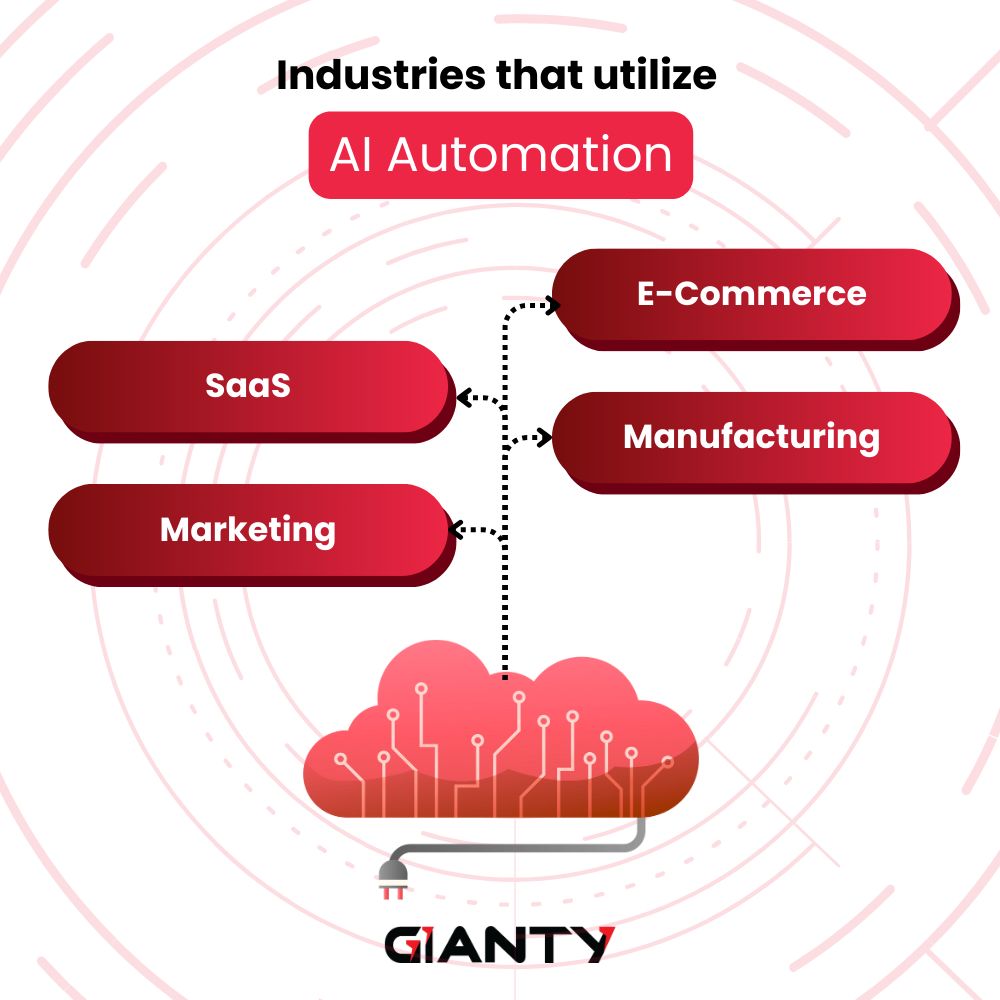
From healthcare to manufacturing, finance to retail, businesses are deploying AI-driven automation in ways that deliver measurable efficiency gains, cost savings, and enhanced customer experiences.
These customized implementations highlight AI’s versatility and transformative potential across the global economy.
E-Commerce
AI automation empowers online retailers to personalize shopping experiences and streamline backed operations, making it especially attractive for mid-sized businesses and scaling DTC brands.
- Dynamic pricing engines adjust product prices based on demand and competitor pricing, helping retailers stay competitive without manual oversight.
- Visual search tools let customers find products using images, increasing conversion rates and reducing friction in product discovery.
- AI categorization tools automate product tagging and inventory filtering to support large and frequently changing catalogs.
Example: Shopify merchants using AI for automated product tagging and filtering as well as categorization of inventory.
SaaS
AI is at the heart of modern SaaS platforms, supporting both product functionality and internal operations which is ideal for early-stage to enterprise-level SaaS companies.
- Autonomous cloud management platforms allocate resources based on AI-detected needs, cutting infrastructure costs.
- AI-powered user behavior analysis helps SaaS firms predict churn and suggest personalized onboarding flows.
Example: SaaS startup Gainsight uses AI-driven customer success platforms to reduce churn.
Manufacturing
AI automation is critical for large-scale manufacturers and industrial enterprises aiming to modernize operations and reduce downtime.
- AI and IoT power smart factories by monitoring machines and predicting failures before they occur.
- AI-enhanced quality assurance systems detect defects in real time, improving product consistency.
- Supply chain automation tools forecast inventory needs and optimize logistics with minimal human input.
Example: GE Vernova uses AI algorithms to monitor turbine performance, saving thousands in avoided unplanned outages.
Marketing
AI automation transforms how marketing teams plan, launch and refine campaigns.
- Platforms like Adobe Sensei and Jasper use natural language processing (NLP) to generate personalized ad copy, email content and landing page variations.
- AI tools monitor social sentiment and competitive activity to optimize campaign timing and targeting.
- Email automation platforms use AI to tailor content, optimize send times and adjust frequency based on user behaviour.
Example: Companies using AI for email marketing automation see 14% more click-throughs.
Basic Steps for Integrating AI Automation in Business
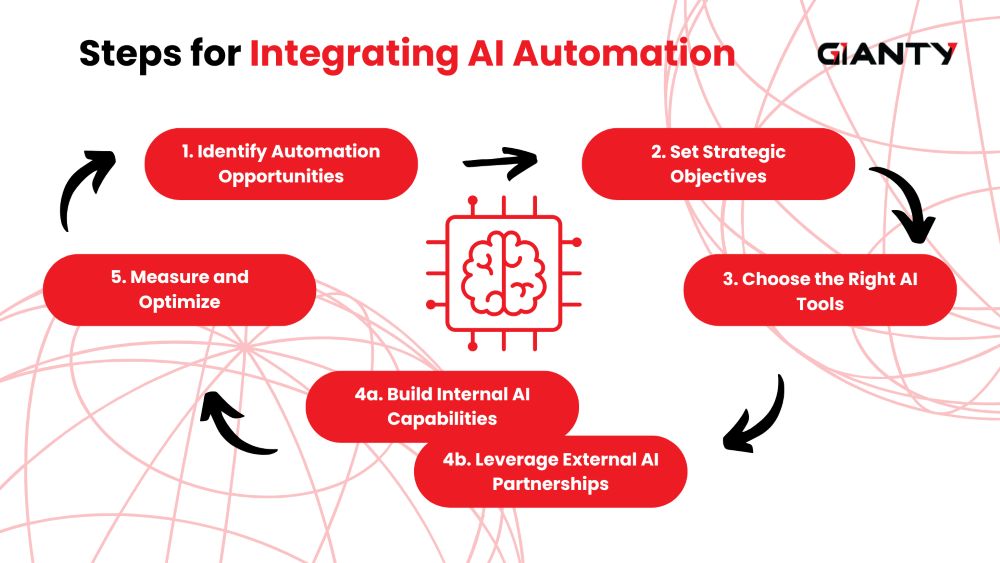
Implementing AI automation isn’t just about adopting new tools. It requires a strategic, step-by-step approach to ensure long-term success. From identifying the right use cases to training your teams, a clear roadmap helps businesses unlock the full value of AI.
Here’s how to get started:
1. Identify Automation Opportunities
Begin by conducting a thorough audit of your business processes to identify repetitive, time-consuming, or error-prone tasks. Use tools like RPA-readiness assessments or AI-feasibility matrices to evaluate which processes offer the quickest wins and highest ROI.
Examples might include automating invoice processing in finance, onboarding workflows in HR, or ticket triaging in customer support.
2. Set Strategic Objectives
AI automation should directly support your business goals. Before deploying any solution, clarify what success looks like:
- Reducing operational costs
- Improving customer response times
- Boosting forecast accuracy
- Enhancing product recommendations
Tying AI initiatives to measurable business outcomes ensures focus and alignment across stakeholders.
3. Choose the Right AI Tools
Select tools that align with your existing tech stack and offer robust integration capabilities. Look for platforms that provide strong analytics, built-in compliance features, and intuitive dashboards to ensure ease of use and scalability.
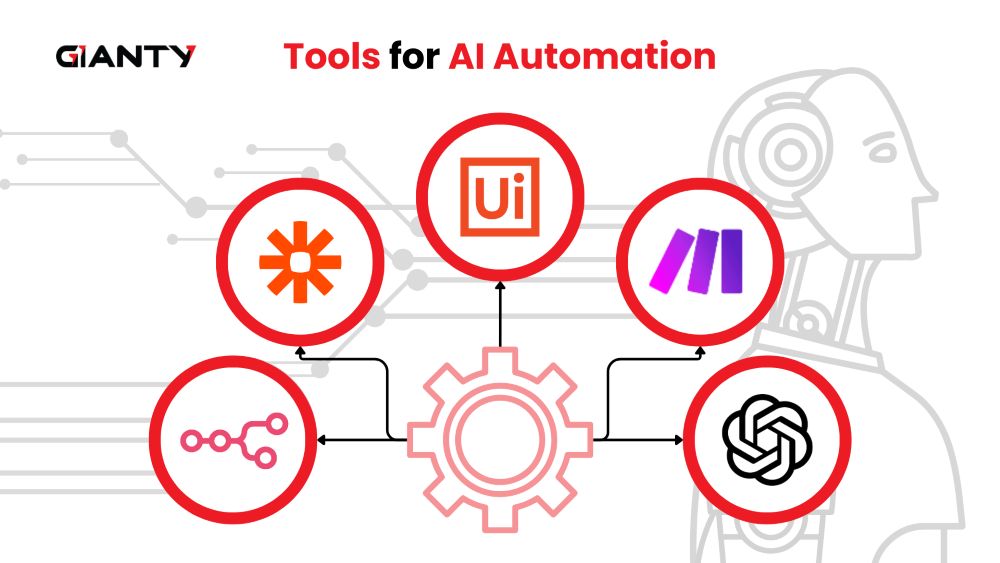
Some popular AI automation tools include:
- n8n – A fast-growing open-source workflow automation tool known for its flexibility, custom logic, and ability to connect APIs without vendor lock-in.
- Zapier – A top no-code platform for automating tasks between thousands of web apps, ideal for SMBs and teams looking for quick integrations without coding.
- UiPath – A market leader in RPA, trusted by enterprises to automate high-volume, rule-based workflows across departments.
- Make (formerly Integromat) – A visual automation platform that allows users to build sophisticated workflows using logic, triggers, and app integrations.
- ChatGPT (OpenAI) – A leading conversational AI used for customer service, internal automation, and intelligent assistants across industries.
Choose tools based on your use case, industry needs, and available in-house expertise.
4a. Build Internal AI Capabilities
Developing in-house AI expertise ensures you can maintain and expand automation efforts over time.
- Upskill existing employees in AI, data science, and machine learning through structured training programs
- Hire specialists like data scientists, AI engineers, and automation architects to drive implementation
- Form cross-functional teams that bring together IT, operations, and business domain experts
- Encourage a culture of experimentation and data-driven decision-making to foster long-term AI adoption
4b. Leverage External AI Partnerships
If internal capacity is limited, partnering with experienced AI providers like GIANTY can accelerate implementation and reduce risk. Look for partners that:
- Offer end-to-end support, from identifying high-ROI use cases to building and maintaining automation flows
- Provide strategic consulting, custom automation development using LLMs and no-code tools, and ongoing optimization
- Align closely with your business goals, deliver solutions quickly, and ensure your automation evolves with your needs
Working with the right partner helps you move faster and build smarter AI automation.
5. Measure and Optimize
Establish KPIs to track the effectiveness of your AI automation efforts. Common metrics include:
- Process cycle time (how long tasks take pre- vs post-automation)
- Cost reduction (labor, error correction, overhead)
- Customer satisfaction scores (for service-related AI applications)
- Model accuracy or prediction precision (for data-driven use cases)
Continuous improvement is essential. Retrain models, refine workflows, and incorporate feedback regularly to ensure lasting value.
Preparing for a Future of AI Automation
The next wave of AI automation will continue to blur the lines between human and machine intelligence. Here are the trends to watch:
1. AI-Powered Business Intelligence
AI automation will increasingly integrate with business systems to not only detect issues but take real-time action. It will automatically route requests, adjust schedules, or optimize supply chains without waiting on manual input.
2. Cloud-Native Automation
With AI workloads moving to the cloud, scalability is becoming seamless. Cloud-native automation enables businesses to adapt to demand spikes, reduce waste, and optimize compute costs.
AI DevOps tools will monitor software pipelines and proactively resolve performance issues.
3. Automation-as-a-Service (AaaS)
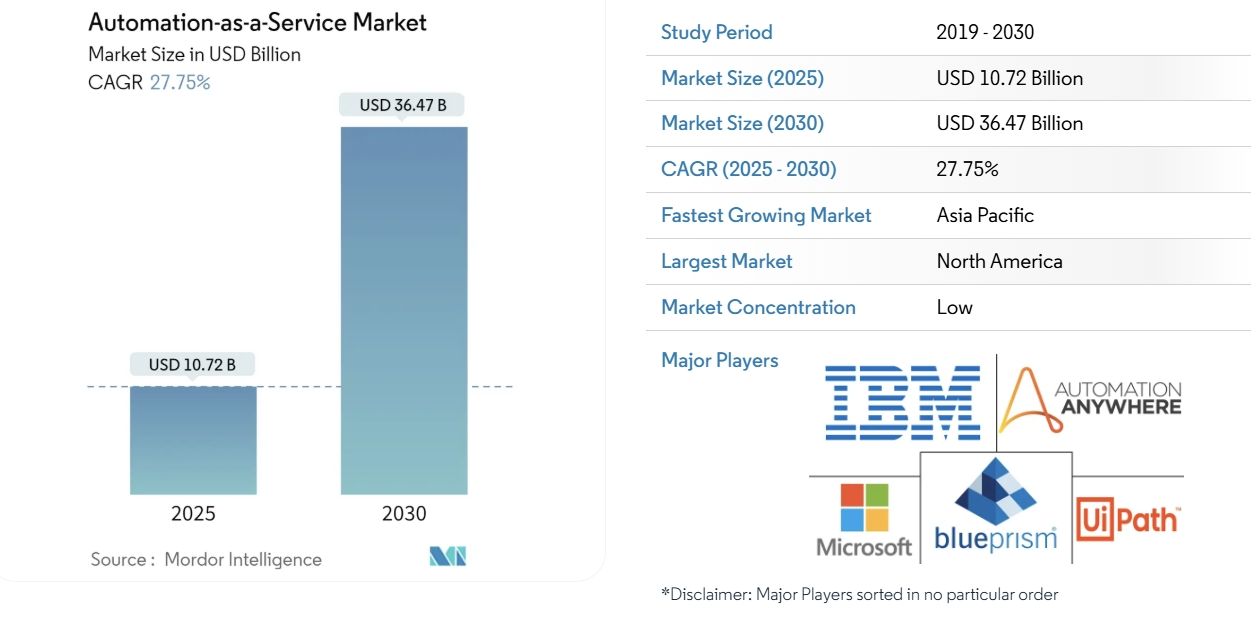
AI integration is transforming AaaS by enabling smarter, more adaptive workflows that go beyond basic rule-based automation. AI-powered AaaS handles complex tasks like natural language processing and predictive analytics, reducing manual effort and speeding deployment.
This drives greater scalability, flexibility, and faster time-to-value, fueling wider adoption of AI-driven AaaS across industries.
Embrace AI Automation for a Smarter Future
In a world where speed, precision, and adaptability define success, AI automation is the key to unlocking new levels of performance. It’s not just about replacing tasks, it’s about redefining possibilities.
To stay ahead of the curve, one must:
- Embrace AI as a core part of their operational strategy.
- Focus on outcomes, not just technology.
- Partner with experts who understand the nuances of AI integration.
This is where GIANTY comes in. With a comprehensive approach that combines strategic consulting, skilled AI development, and ongoing optimization, GIANTY helps businesses turn AI potential into real, lasting impact. Our expertise ensures your AI automation journey is not only fast and smart but also closely aligned with your unique business goals.
Discover how AI and automation can drive your business forward with GIANTY’s tailored solutions and shape a smarter, more agile future starting today.



